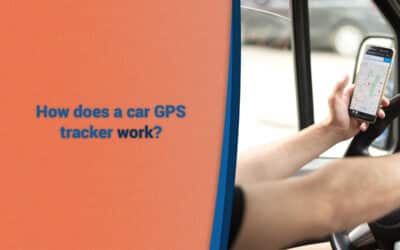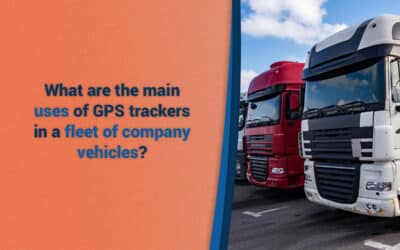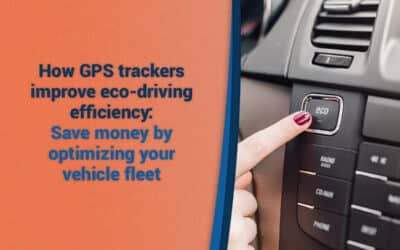A GPS tracker without a subscription?
Article – 23/05/2022
Can a real-time GPS tracker really be subscription-free? What are the uses for which it is possible to use a GPS tracker without a subscription?
When searching for a GPS tracker, the consumer is aware of the multitude of GPS trackers available on the market, particularly with regard to technical characteristics, functions, prices, technologies used and subscriptions.
The subscription and its price are very important aspects for the future buyer of a GPS tracker. Indeed, a subscription is seen as an additional investment and an additional mental burden: it is necessary to schedule a re-subscription, to plan an additional budget, to pay attention to the conditions of tacit renewals…
This is why a GPS tracker without a subscription is very advantageous and attractive. But isn’t that too good? Is there something behind it? The question that will be asked in this article is whether there really are subscription-free GPS trackers, if so which ones, how effective they are and what kind of technology they use to operate. Do they always deliver on their promises? What are the hidden costs of subscription-free GPS trackers? Let’s try to decipher this and find out what is real and what is not.
There are several types of technology that make a GPS tracker work: WiFi, Bluetooth and BLE, UWB, LPWAN, 2G/3G/4G/5G cellular. GPS trackers generally use networks that require a subscription to operate and send real-time data. Some brands promise GPS trackers without any subscription. Be careful what you look at in these offers! There are certainly hidden costs: it may be that the overall price of the GPS tracker is much higher or that years of subscription are offered and will not work after a certain period of time. On the other hand, some networks such as 2G are so cheap that it is easy to include its price in a subscription-free offer. The downside is that coverage will become increasingly marginal and the network will become obsolete very quickly.
Cellular network
The cellular network is known worldwide as GSM or 2G/3G/4G/5G. As with smartphones, a SIM card is required in GPS trackers that use this technology to operate the network and send data. These SIM cards are usually single-operator, but they can also be multi-operator for better network quality and coverage.
SIM card subscriptions are more expensive than LPWAN subscriptions (Sigfox and Lora) because the network quality is better and much denser: wherever you go in the world, there will be a GSM network. Thanks to the high data rate, the quality of the live tracking and the trajectory will be very good with a GSM tracker, but often at the expense of the autonomy.
If you are offered a GPS tracker with GSM network without a subscription, beware. A SIM card always works with a subscription, the costs can then be hidden in an increase in the price of the plotter, a re-subscription to the network after x months/years or a bad quality of the exploited network (2G for example because of the obsolescence which guards it).
Some brands take advantage of the very low cost of the 2G network to offer very cheap subscriptions and years of free service upon purchase: beware! The 2G network is destined to disappear in the near future to be replaced by 3G/4G/5G.
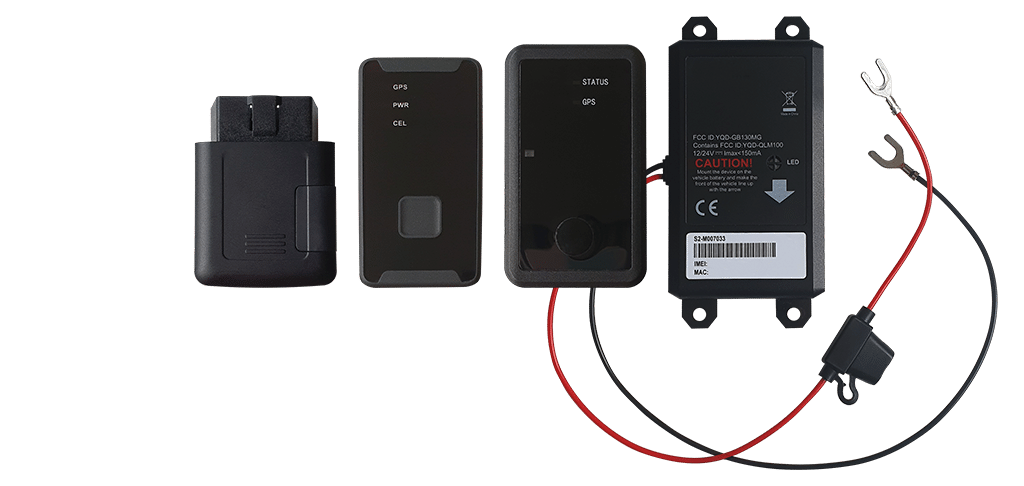
Image: GPS trackers Capturs to the LTE-M / NB-IOT GSM network.
From left to right: OBD, Performance GSM, Endurance GSM, Power.
LPWAN network
LPWANs (Low-Power Wide-Area Networks) are long-range, low-power networks dedicated to the Internet of Connected Things such as GPS trackers or smart buildings/smart cities. The principle of LPWAN networks on GPS plotters is simple: a position is sent at intervals over long distances (for example, every 10 minutes, with a trajectory accuracy of 3 minutes for Capturs GPS plotters), all with very low power consumption, which results in very long autonomy. These GPS plotters are infrastructure-free and can be used over very long distances due to their very high autonomy.
There are several LPWAN networks, with licences (LTE-M, NB-IOT) or without (Sigfox, LoRa) and are sometimes coupled with GSM solutions.
They operate on the principle of subscriptions, generally for renewable years. These subscriptions are very low cost, compared to GPS trackers which use cellular networks, but sometimes at the expense of network coverage. The low subscription costs of LPWANs are due to the use of unlicensed bands (unlike GSM) and the reduced need for antennas to be installed and maintained due to the long range of the signal. The disadvantages are lower throughput, less data transfer, and a strong limitation on the number of messages that can be transmitted imposed by the regulator (the so-called duty cycle).
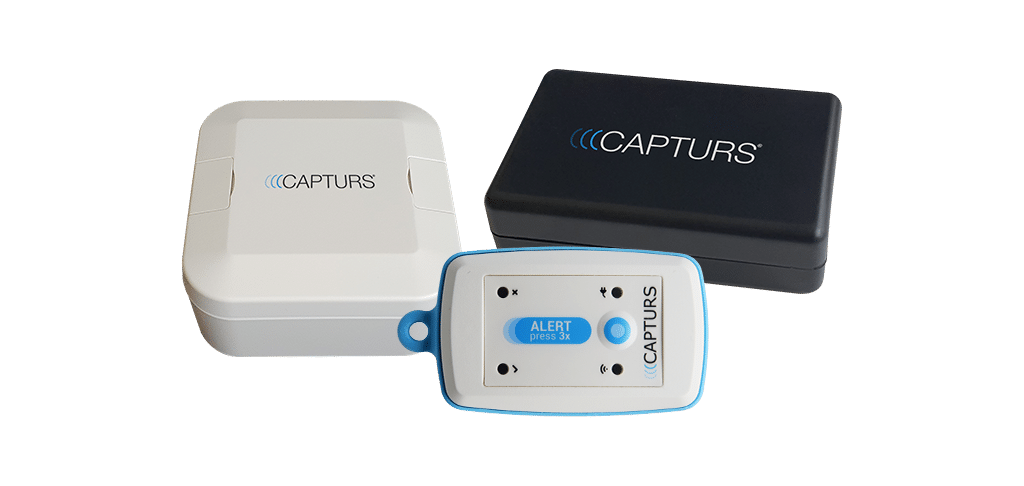
Image: Capturs GPS trackers on the Sigfox LPWAN network.
From left to right: Model C, Model B, Model C Beehive.
Wi-Fi network
There are GPS trackers that work under the Wi-Fi network. They are used indoors, for example in a warehouse or factory.
They are limited in operation since they need the Wi-Fi infrastructure to function and are therefore limited to the range of the Wi-Fi network (a few dozen metres). Moreover, even though they do not have a subscription as such since they are connected to the Wi-Fi of the location, the connectivity is subscribed to an operator and the infrastructure requires maintenance.
Bluetooth and BLE (Bluetooth Low Energy) networks
Trackers that use Bluetooth technology are small personal objects. Among them, the Tags are among the best known and used. Tags such as Apple’s AirTag, Samsung’s Galaxy SmartTag or Tile’s are used in everyday life for simple purposes such as lost keys or stolen handbags. These mini GPS trackers do not need a subscription to work. They use bluetooth and sometimes UWB (Ultra Wide Band) technology and are a good budget compromise. Indeed, the major advantages are the small size of the object that fits in a bag, a wallet or a pocket, and the price that remains affordable. The main disadvantage of these GPS trackers is the lack of precision. While the position is sent to within a few metres via the GPS position of the nearby phone, there is no position history, real-time tracking or trajectory.
When a device that uses the same technology is in the vicinity of the Tag, it detects it and sends its last position. Therefore, the Tag will always be dependent on other devices in the vicinity and will not work without infrastructure. This is why the Tag works very well on a small scale, in your home for example. You are looking for your keys and your associated Airtag, so you will find it thanks to your iPhone which is close to it. There is also no possibility of tracking many tags simultaneously and the management of these tags is limited to the basic functions offered by a consumer mobile application. This system is therefore not suitable for professional tracking today. Moreover, the data is sent only by opportunity, which makes its use random.
In conclusion, the use of a tag or tracker that uses Bluetooth technology is very limited, whether in terms of effectiveness, range or functionality. Nevertheless, these are the only devices that do not require a subscription to operate.
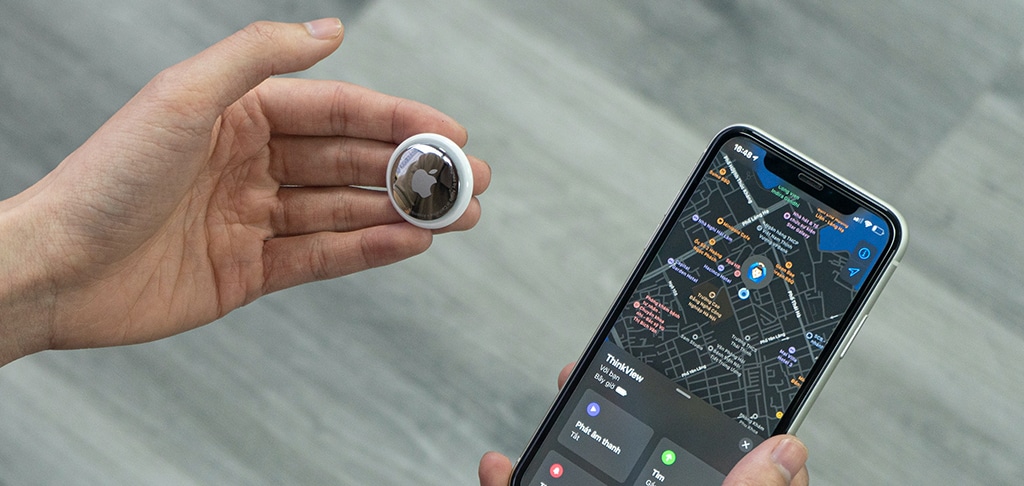
Image: Apple’s Airtag.
What about Capturs subscriptions?
At Capturs, we aim to be as transparent as possible with our customers and prospects. Each GPS tracker has a different subscription depending on the model.
Capturs GPS trackers that operate on the GSM network have a choice of a yearly subscription for Europe or the World, to be renewed when the subscription period has expired. GPS trackers that work with the Sigfox network have a choice of a 1, 2 or 3 year subscription without tacit renewal.
Renewals are not automatic, which means that you are not caught unawares on the day of payment, and you can choose whether or not to re-subscribe in a few clicks. The prices of the subscriptions to the Sigfox network are degressive, so we can offer discounts on subscriptions when they are for longer periods (2 or 3 years). The advantage, other than the price, is that the customer does not have to worry about the subscription.
The prices of our GPS trackers are specified with and without subscription. Our range of Capturs GPS trackers goes from 79€ HT to 116€ HT depending on the GPS tracker. You can then complete this price with a personalised subscription to the LPWAN Sigfox or GSM LTE-M / NB-IOT network.
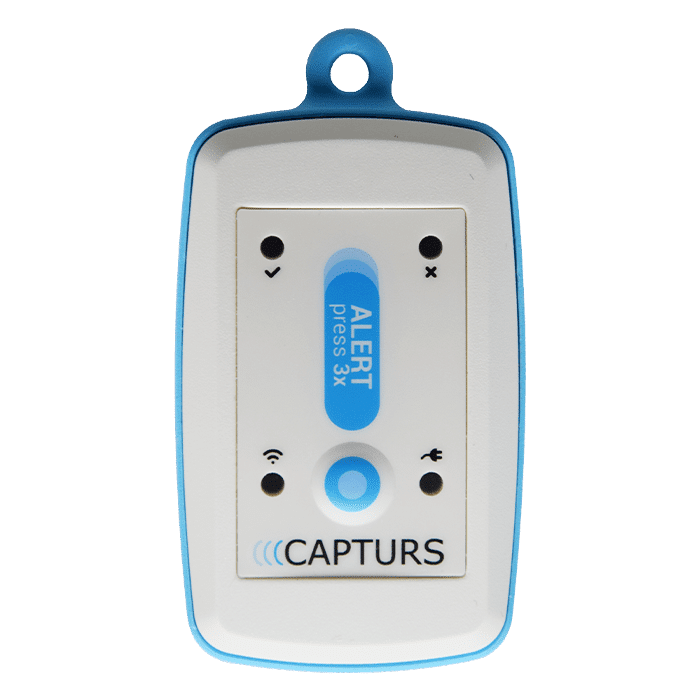
Model B
104€ excl. VAT
LPWAN Sigfox Network
Subscription included at 1,66€/month
for the 1st year and then to be renewed.
Long battery life
Rechargeable battery
Geolocation live: 10min
Trajectory precision: 3min
–
GPS tracker for tracking people,
workers, sportsmen, etc.
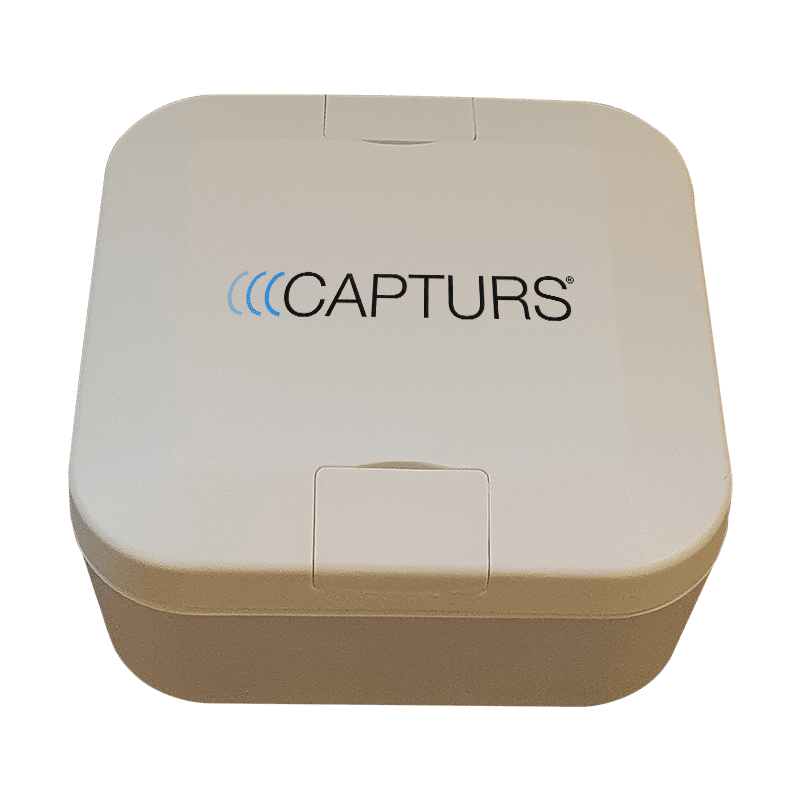
Model C
79€ excl. VAT
Subscription included at 1,66€/month
for the 1st year and then to be renewed.
Very long battery life
Replaceable battery
Geolocation live: 15min
Trajectory precision: 5min
IP67: Water and dust resistant
GPS tracker for tracking assets, tools,
machinery, vehicles, logistics, etc.
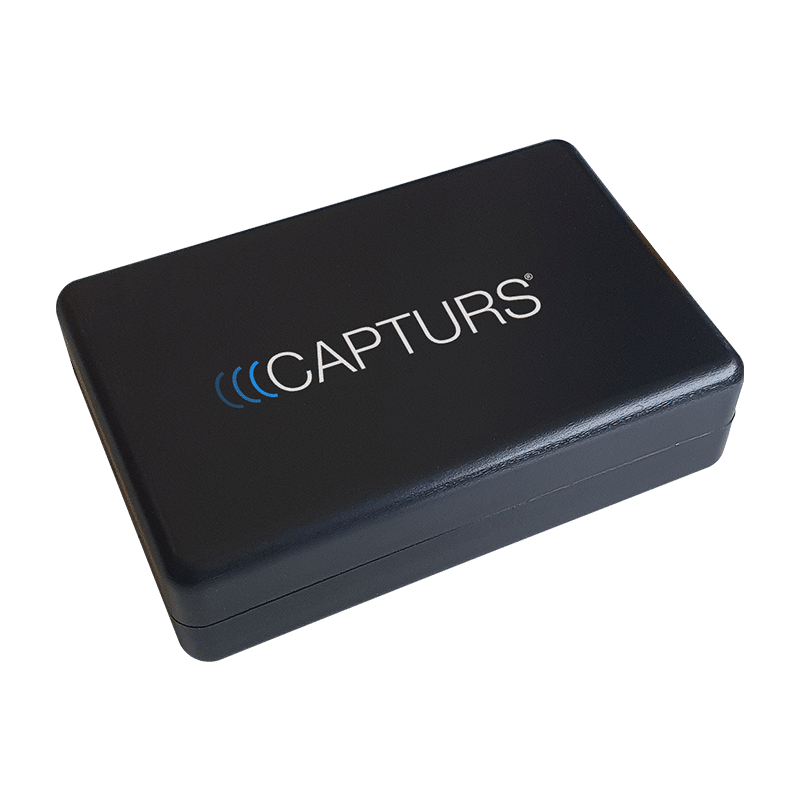
Model C Beehive
79€ excl. VAT
Subscription included at 1,66€/month
for the 1st year and then to be renewed.
Very long battery life
Replaceable battery
Geolocation live: 15min
Trajectory precision: 5min
–
GPS tracker for the tracking of beehives
and their frames (fight against theft).

Performance GSM
116€ excl. VAT
GSM LTE-M / NB-IoT Network
Subscription SIM card Europe
or World from 6,16€/month.
Long battery life
Rechargeable battery
Geolocation live: 60s
Trajectory precision: 60s
IPX5: Water jet resistant
GPS tracker for tracking people,
vehicles, boats, etc.

Endurance GSM
116€ excl. VAT
GSM LTE-M / NB-IoT Network
Subscription SIM card Europe
or World from 6,16€/month.
Very long battery life
Replaceable battery pack
Geolocation live: 5min
Trajectory precision: 5min
IP67: Water and dust resistant
GPS tracker for asset tracking,
vehicles, boats, machinery, etc.
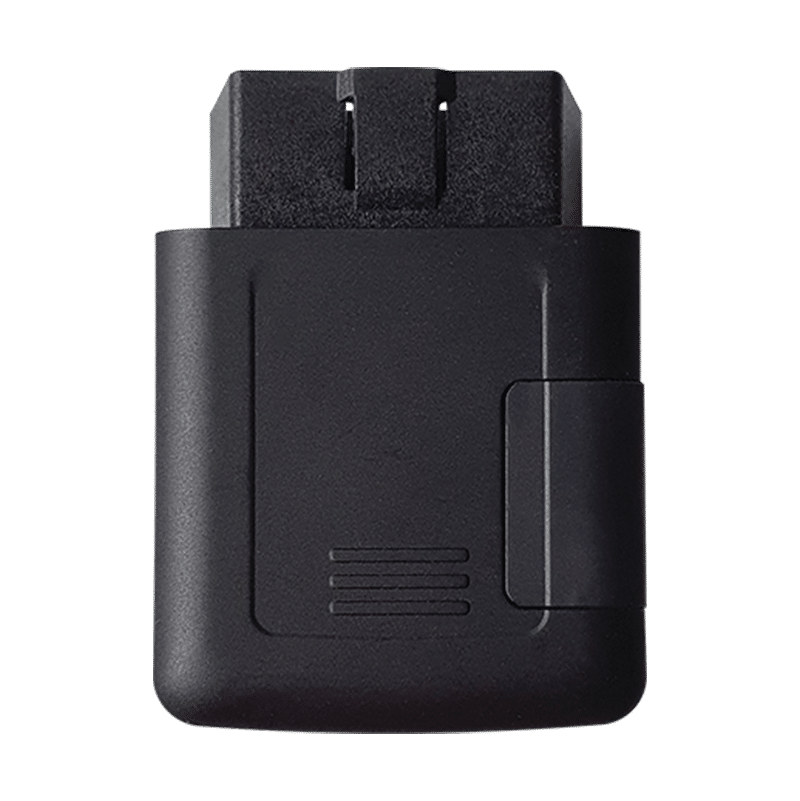
OBD
116€ excl. VAT
GSM LTE-M / NB-IoT Network
Subscription SIM card Europe
or World from 6,16€/month.
Unlimited battery life
Power supply via OBD2 socket
Geolocation live: 30s
Trajectory precision: 30s
–
GPS tracker for tracking
vehicles with an OBD2 socket.

Power
116€ excl. VAT
GSM LTE-M / NB-IoT Network
Subscription SIM card Europe
or World from 6,16€/month.
Unlimited battery life
Powered by vehicle battery
Geolocation live: 30s
Trajectory precision: 30s
IP67: Water and dust resistant
GPS tracker for tracking
vehicles and boats.
Check other posts:
How does a car GPS tracker work?
The digital age has paved the way for many innovations, including the ability to track fleets of vehicles in real time. Whether you're an individual looking to keep an eye on your car, or a company managing a fleet of vehicles, GPS trackers have become an essential...
What are the main uses of GPS trackers in a fleet of company vehicles?
The different uses of GPS trackers for vehicle fleets are many and varied. First, they can improve drivers' eco-driving by tracking fuel consumption, speed and driving habits. This can help companies reduce fuel costs and meet environmental standards. GPS trackers can...
How GPS trackers improve eco-driving efficiency: Save money by optimizing your vehicle fleet
Eco-driving has become a major topic, as it reduces the environmental impacts of driving while improving vehicle performance and reducing operating costs for drivers. The purpose of this article is to describe the impact of eco-driving on fuel savings, the benefits of...

